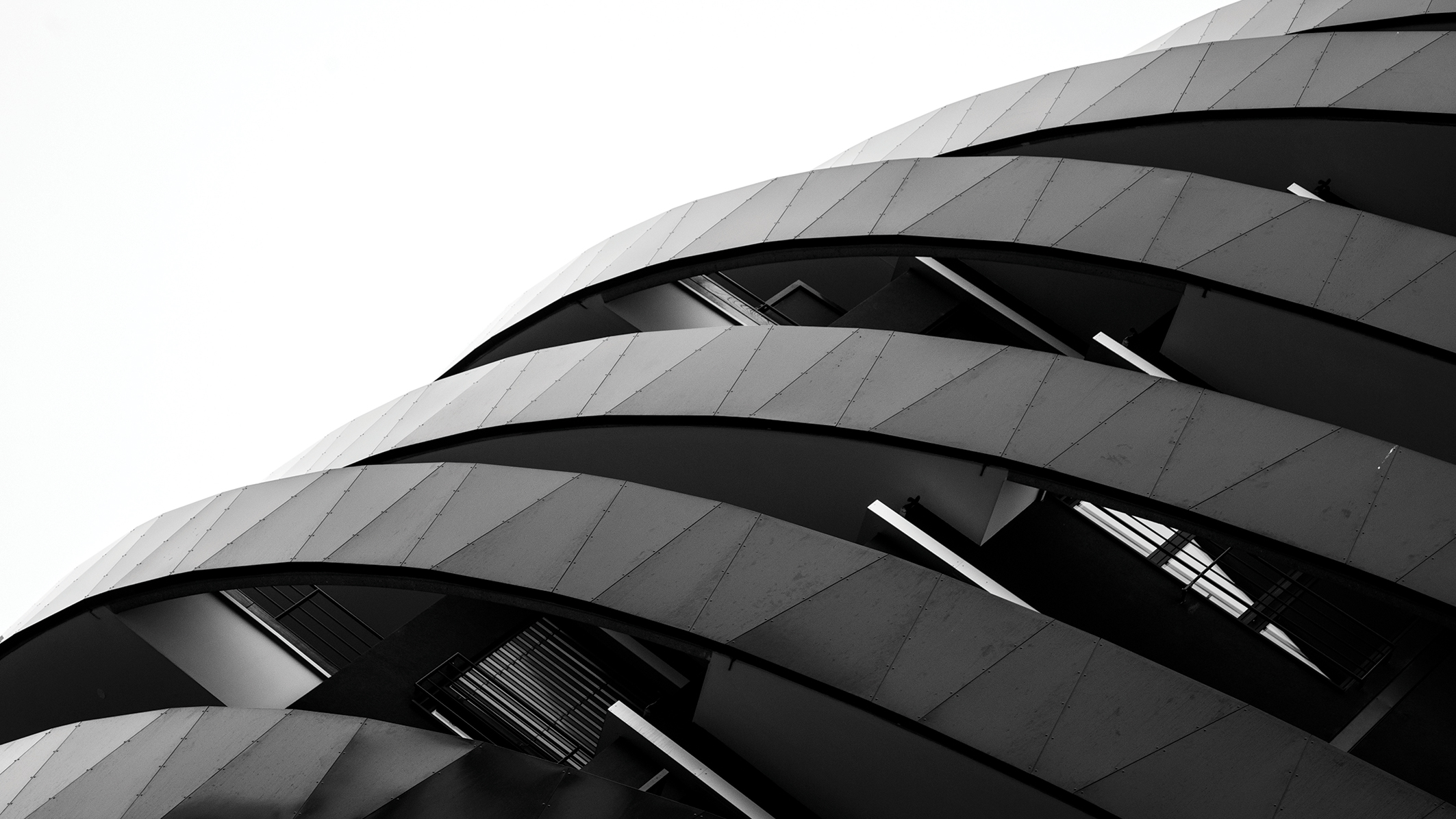The Photography Show Top Tips: graphics tablet masterclass with Wacom experts
Insider advice and pro photography tips from the exhibitors at The Photography Show
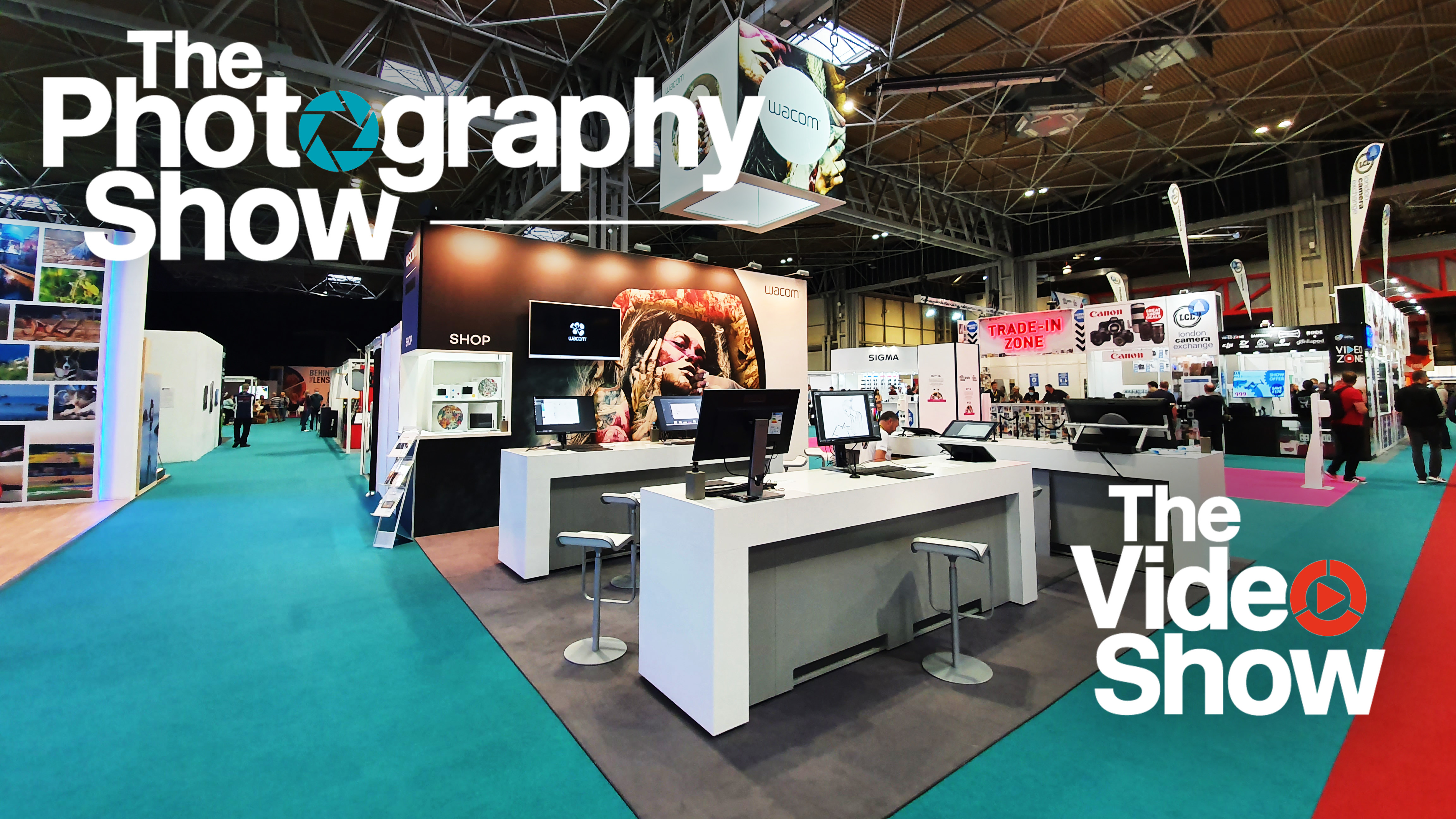
The Photography Show and Video Show 2021 is in full swing and we're having a blast exploring the talks, demos and kit previews on the show floor. One of the great things about TPS is the chance to chat to both pro shooters and brand experts, to gain insider tips and advice for how to improve your photography and get the most from your kit.
We got to the show early this morning and headed straight to the Wacom stand to have a chat with Ian Sayers, Wacom Ambassador and photo editing expert about choosing a graphics tablet. These are the accessories which which new photographers can view as shrouded in mystery - the pros all use them and say they can't live without them, yet it's unclear exactly why!
Ian was kind enough to go into detail about all of the key features to look for and all of the major considerations to make when looking to purchase your first editing tablet. Let's demystify these invaluable tools.
First considerations
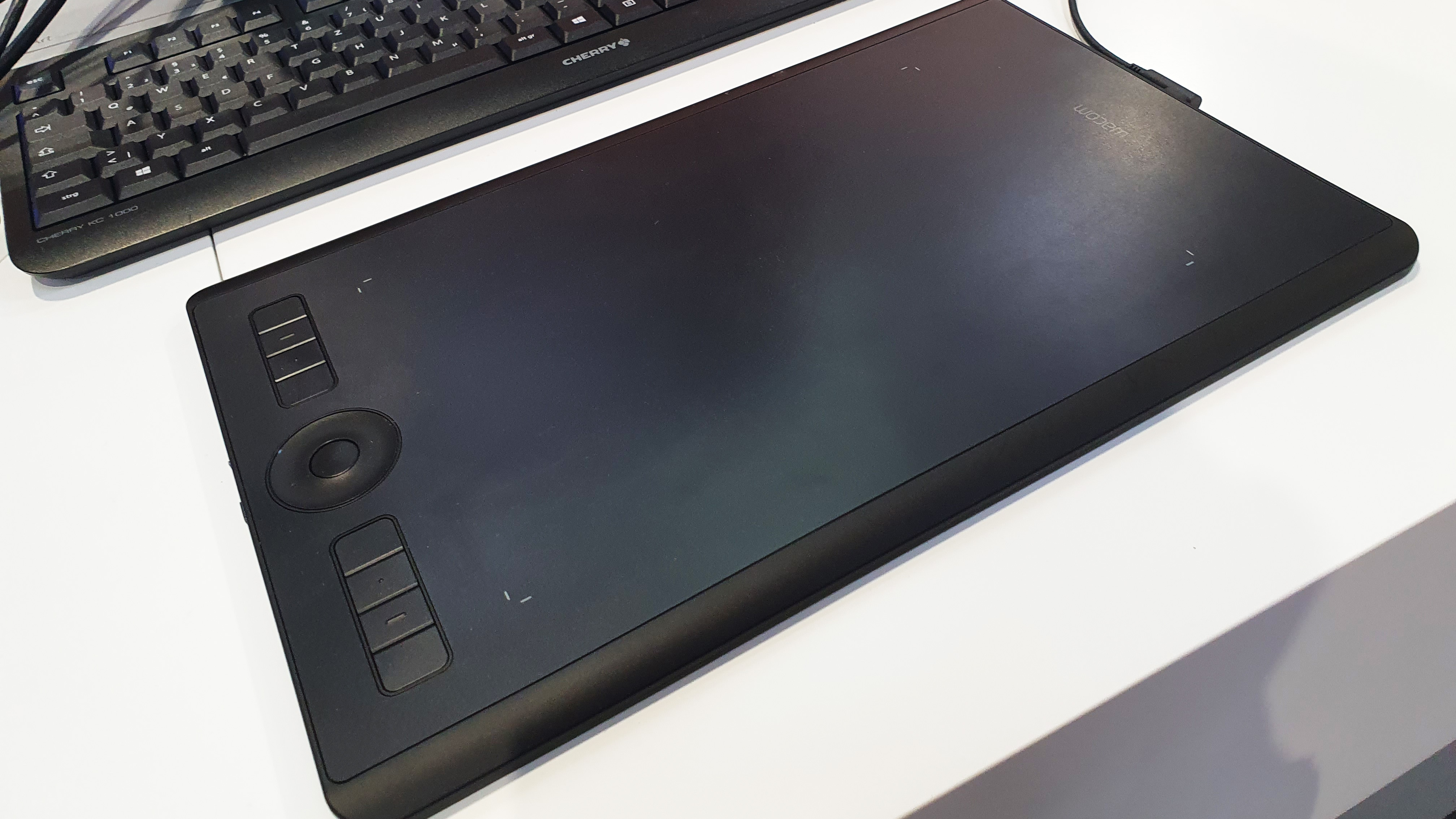
Looking at the choice of graphics tablets available can be quite an intimidating experience in the first instance. Just where should you begin? Before anything else Ian recommends looking at your available work space and using this as a metric for focussing your search criteria.
"Ask yourself what your desk and screen size is" advises Ian. "There's no point having a huge display, which takes up all of your desk space. I always look at it this way, rather than looking at features first."
By considering your space limitations first, it makes sure you don't invest in a tablet which slows down your workflow instead of speeding it up and making a more comfortable and streamlined - the main reasons for buying a graphics tablet in the first place. "Obviously budget is very important, but put that to the side for a while. Comfort and convenience is critical" says Ian.
Top tablet features
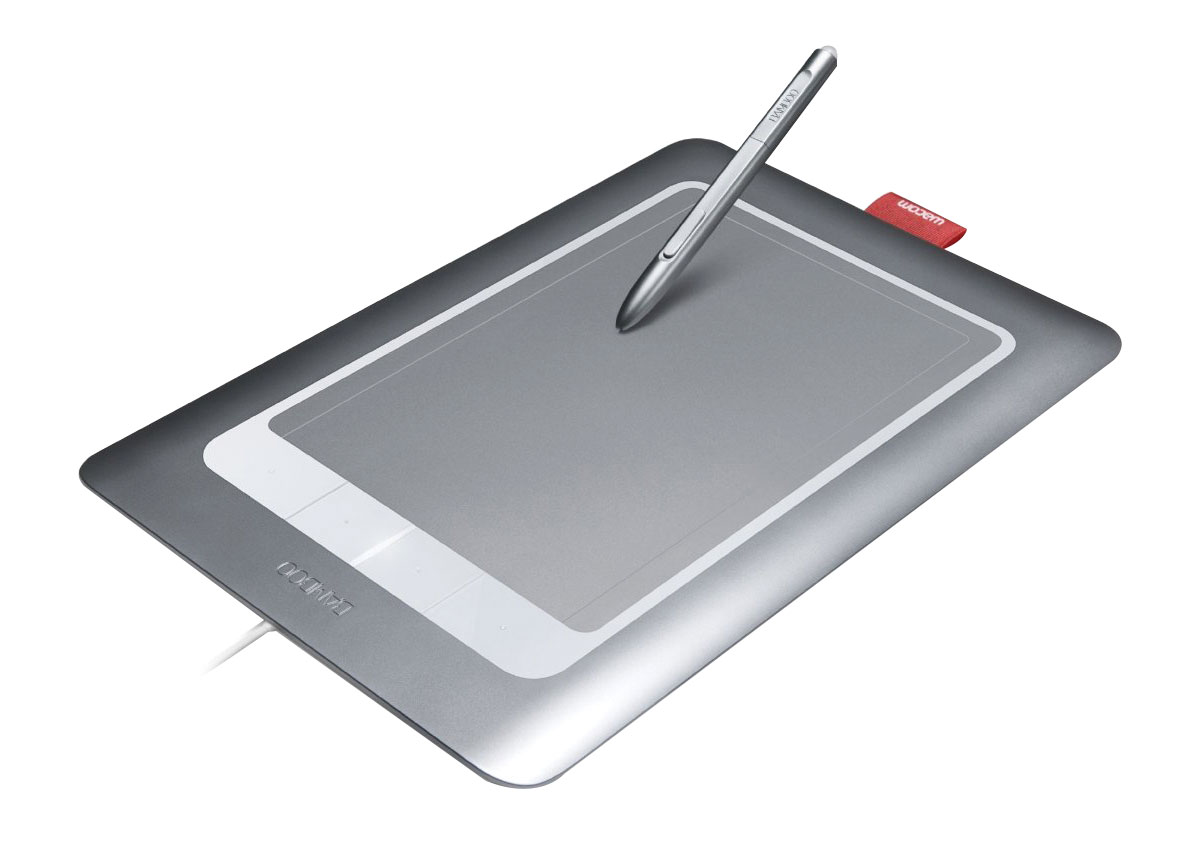
As with many aspects of technology in the photographic and creative industry there are a plethora of features and tools to choose from when buying a graphics tablet. For this reason it can be a challenge to narrow down exactly what you need for your common area of work and regular creative endeavours. Much of the choice of tablet type comes down to personal preference, though it is important to make some informed decisions - the functionality of your tablet is going to impact the way you work going forward.
"There are a few types available" Ian explains. "Ask yourself if you prefer a display or a tablet. With a display you work directly on-screen, whereas with a tablet you are drawing on a separate surface. It's a different experience. Even with a tablet you have to choose between a touch or non-touch. If you are used to the iPhone, for example and Apple touch features, then you might prefer to have touch on all the time."
When it comes to touch interaction Ian points out that if your tablet is not sensitive you can't turn the feature on should you decide you need it in future, but you can turn it off when you don't require it. For this reason, even at an entry-level, it may be a better idea to invest in a touch-enabled model, which could prove more future proof.
Don't make these mistakes!
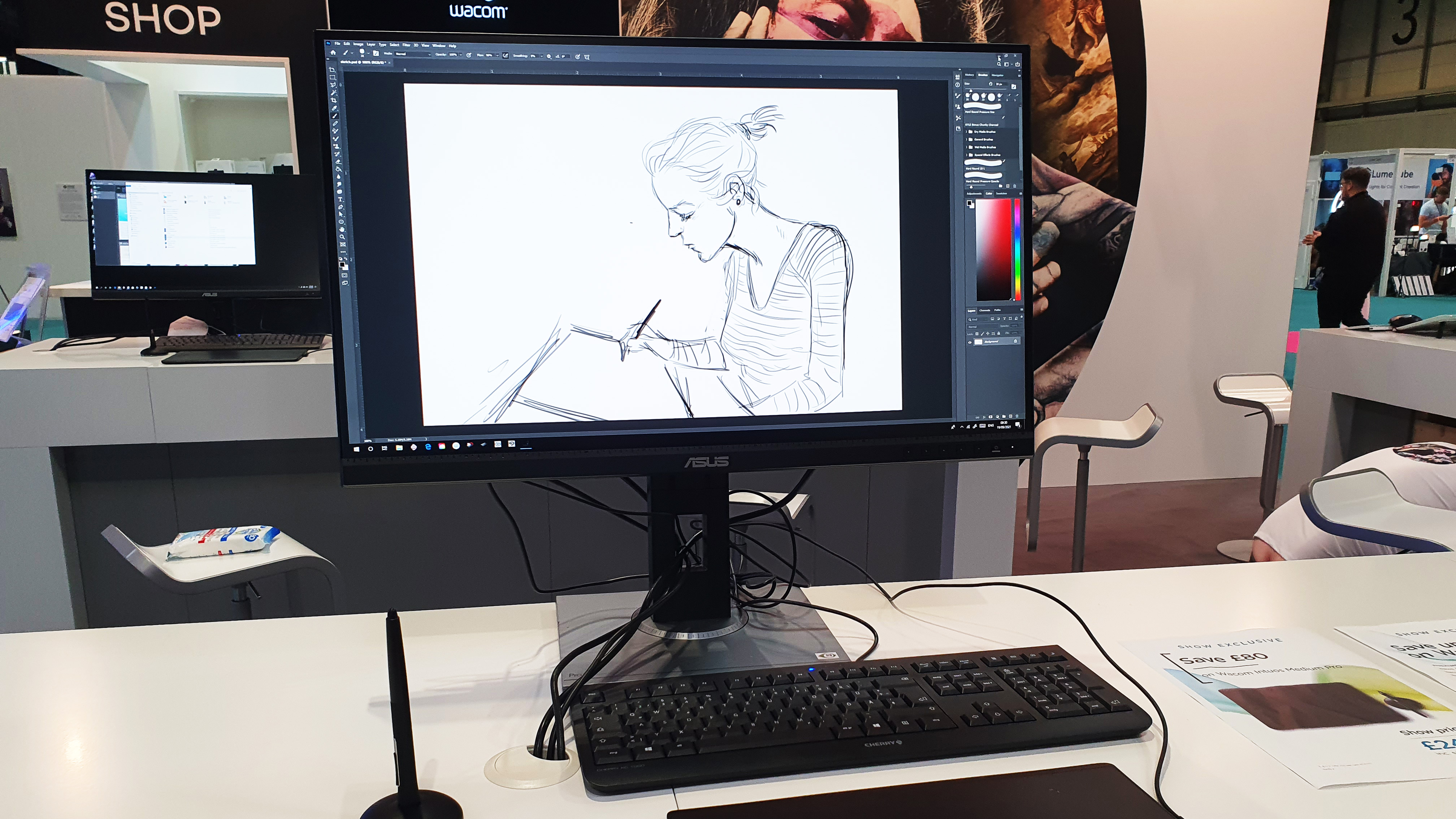
When starting out with a graphics tablet Ian points out some key mistakes photographers can make. These mainly centre around user appreciation of all their tablet has to offer and failing to delve into the custom functions.
"Many people don't take the time to fully customise their tablet or display. You can plug and play, to get started right away, but you're not going to get the full experience. Also, throw away your mouse! It takes time to get used to using a tablet - it's a different experience . But if you leave your mouse on your desk muscle memory kicks in and if you can't do something with your new tablet, you'll just use what's familiar. You may as well put the stylus away in that case!"
Many tablets and displays allow you to change the pressure sensitivity, the functions of the hotkeys on the units itself, or the device preferences, and the behaviour of brushes. Incorrectly setting these up will slow you down and create a disconnect between you and the image you are working on, in software.
Not giving the experience time to become familiar is another common mistake. When using a tablet or touch display for the first time it can be a bit disorientating, especially when working on a horizontal surface for the first time, while looking at a screen in front of you. Start with simple operations to begin with and then work in the tablet to more complex operations, such as selections, as you get more experienced.
Top reasons to buy a graphics tablet
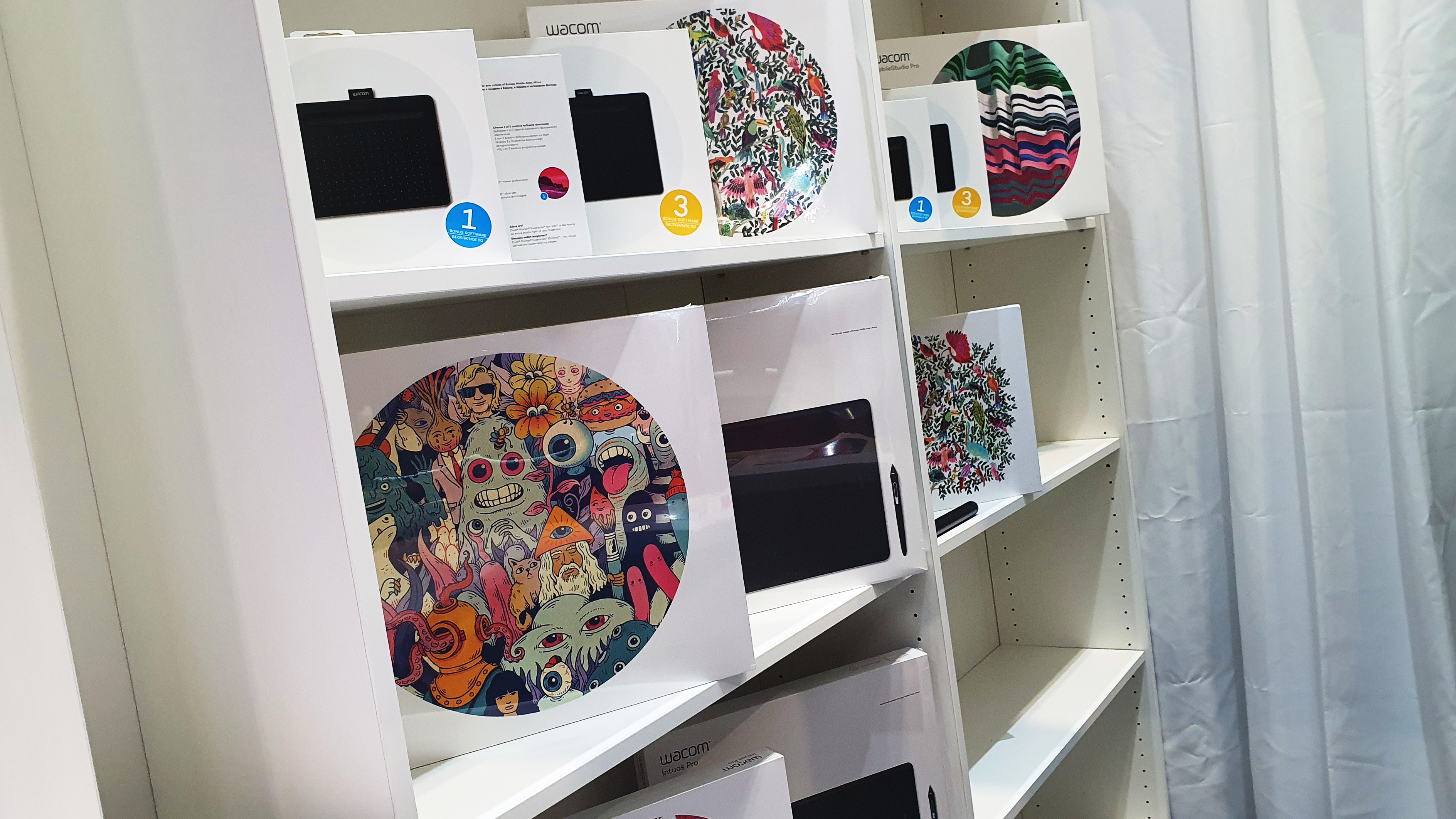
As Ian points out, once you start using a tablet and become accustomed to the way it works, there's no looking back. Coming over from using a mouse or laptop track pad, it can be hard to know who you ever managed to perform certain operations with any accuracy!
"There are some things you just can't repeat with a mouse, pressure sensitivity for example. You do a brush stroke with a tablet and pen and it's impossible to copy it with a mouse. There's also the comfort of using a pen - it feels natural. The interactivity sucks you in. You just need to time to get used to it."
Read more:
The Photography Show 2021 is on now! Here's everything you need to know
Ilford advent calendar is a gift box of delights for analog photographers
Get the Digital Camera World Newsletter
The best camera deals, reviews, product advice, and unmissable photography news, direct to your inbox!
As the Editor for Digital Photographer magazine, Peter is a specialist in camera tutorials and creative projects to help you get the most out of your camera, lens, tripod, filters, gimbal, lighting and other imaging equipment.
After cutting his teeth working in retail for camera specialists like Jessops, he has spent 11 years as a photography journalist and freelance writer – and he is a Getty Images-registered photographer, to boot.
No matter what you want to shoot, Peter can help you sharpen your skills and elevate your ability, whether it’s taking portraits, capturing landscapes, shooting architecture, creating macro and still life, photographing action… he can help you learn and improve.

